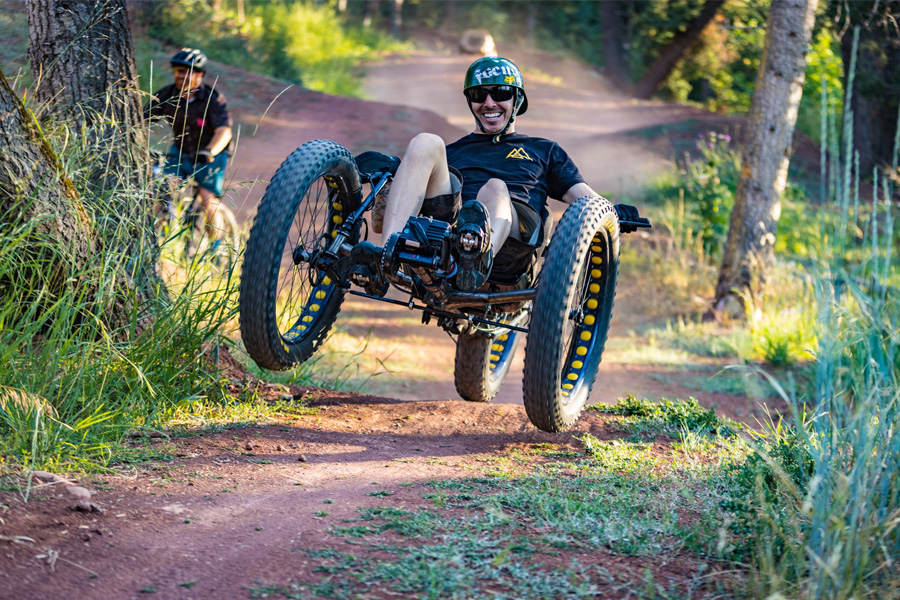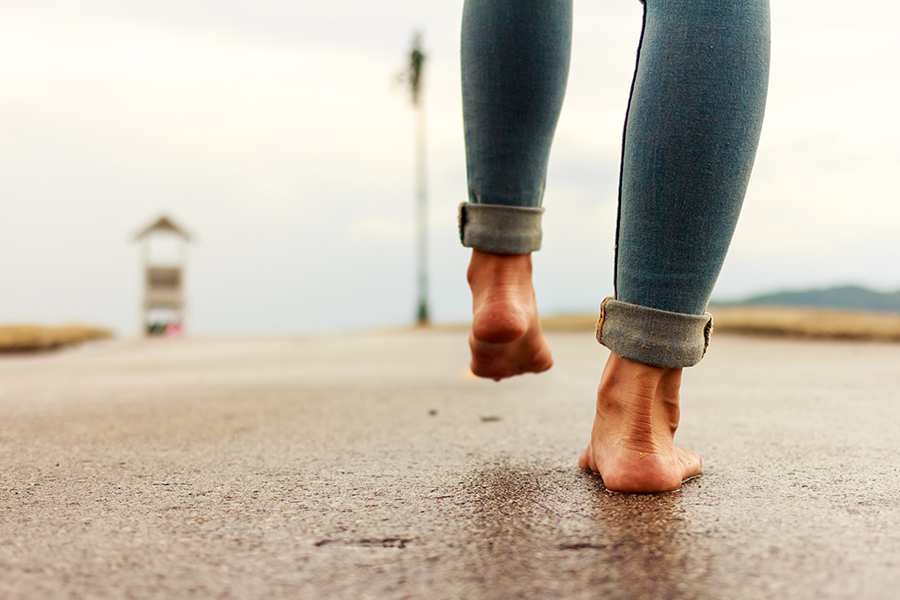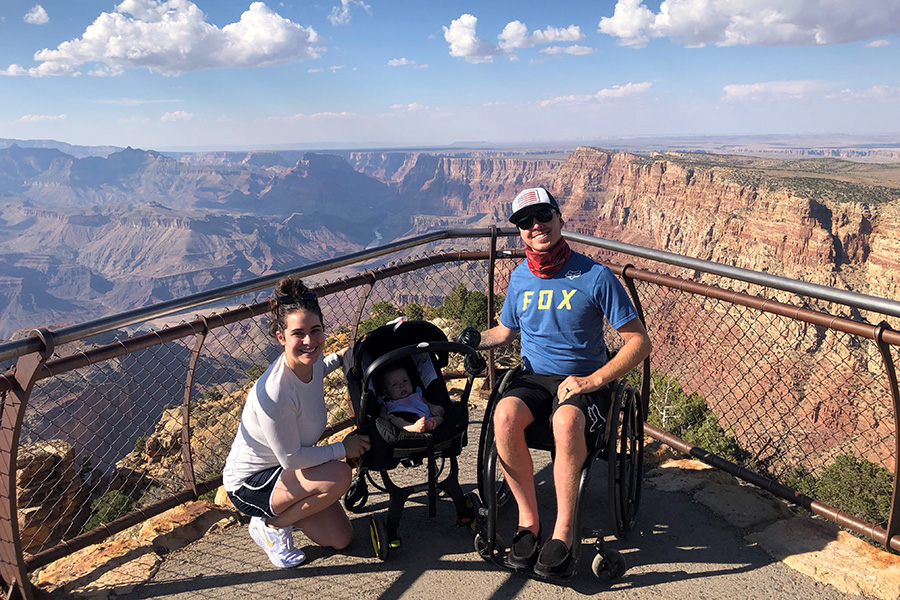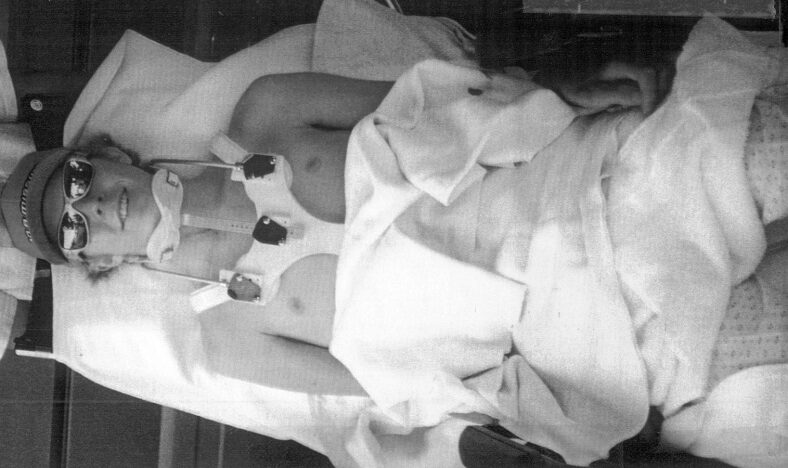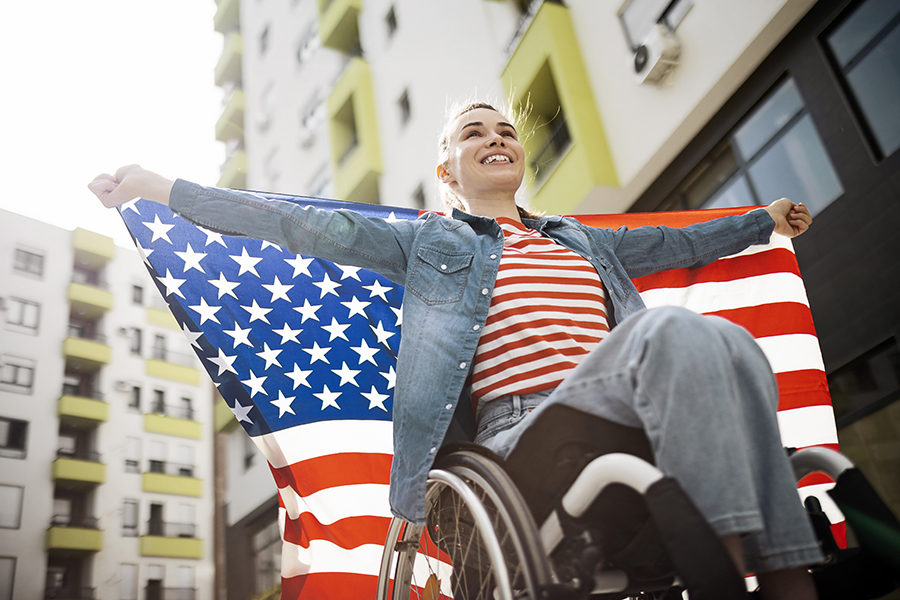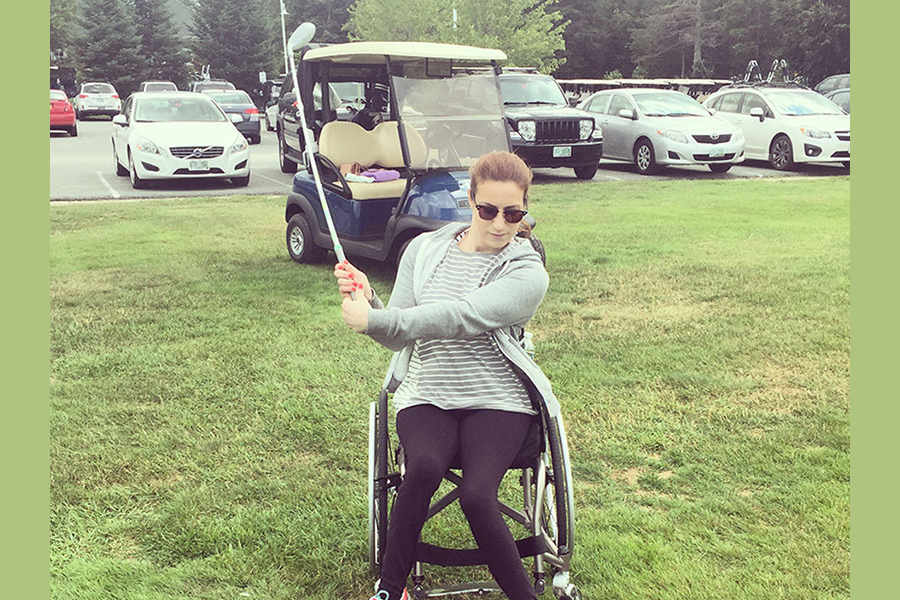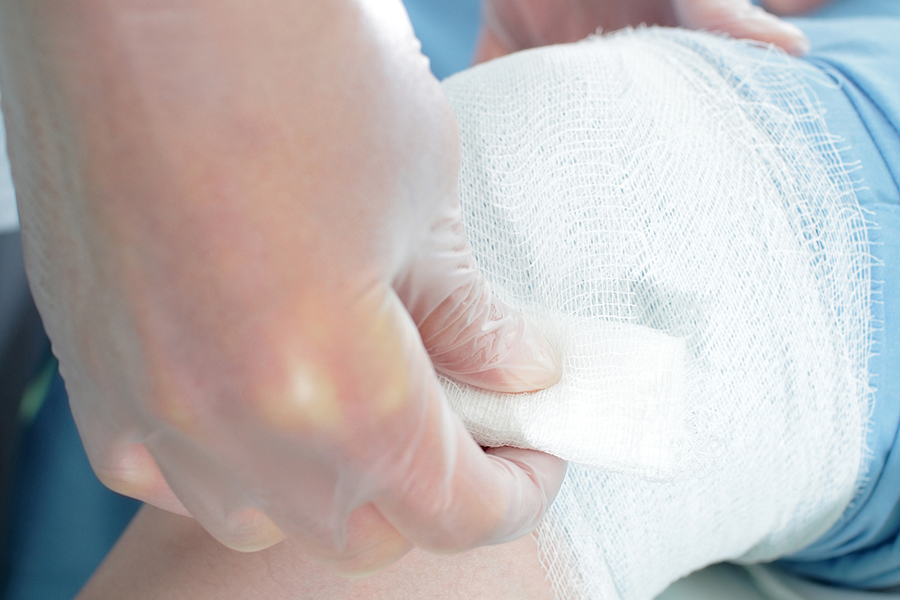You can find Part 1 – Insight Into My Spastic Paralysis here.
In management, knowledge is power
Managing spasticity and spasms is a balance between maintaining their usefulness and minimizing the negative aspects within the context of your lifestyle. As I mentioned in the first part of this article, I use this condition for my benefit and choose to recognize their intrinsic value. The key to any long-term management plan is the need for movement or stretching, and the ongoing management and understanding of trigger factors. It is important to keep muscles, ligaments and joints as flexible as possible. This can be done through stretching, active movement (exercise) or passive movement (where the body is moved by an exercise specialist or automated exercise machine).
Not all spasticity is created equal
I know quite a few people living with a neurological disorder who, despite their proactive approach to body management, still suffer torturous ill-affects of uncontrollable spasms. Remember from part one, the brain/body connection is the source for the miscommunication and responsible for the erratic muscle behavior, but a thorough self-analysis may help deduce down the possible triggers that perpetuate the mixed signals. Personally, it is a matter of leaving no stone unturned when determining why I may have increased spasticity. Time and experience definitely helps me solve and understand my problem sooner than later, but my daily method of management is a solid set of ten fundamentals I build my life upon without medication.
So how do I manage my possessed body?
- Exercise – I try to consistently move my arms, legs, feet and hands through their full range of motion (to the best of my ability). This keeps my mind/muscle connection intact and, in essence, communicating.
- Active Stretching – Yoga, pilates and/or low intensity full-body cardio machines like the NuStep help to circulate my blood, warm my body and stretch my muscles and connective tissues.
- Passive/Static Stretching – I either use a stretch rope on my own, or the assistance of an exercise specialist to gently move my limbs through their full, pain free, range of motion. If I don’t stretch, I predispose to my limbs to becoming fixed in one position and that is known as a contracture.
- Posture – When I sit or lay, I am motionless like stone, my body movements shut off the moment I stop thinking about movement. Aligning my posture while standing, seated, or laying is paramount for length-tension relationships between muscles, connective tissue and bone. Furthermore, correct postural alignment helps prevent improper weight distribution (a precursor to pressure injuries) and a significant trigger.
- Aquatics – The buoyant, relaxing effects of water have a tremendous impact on my muscle tone and spasticity. Either in a warm swimming pool or hot jacuzzi, I experience a dramatic reduction of tension.
- Nutrition – Believe it or not, certain gaseous foods like broccoli, cauliflower, legumes and heavy read meat will cause me severe bloating. My gut then sends distress signals to my brain resulting in increased spasticity.
- Hydration – I am constantly on the verge of dehydration, I call it strategically dehydrated (dangerous and not recommended). I present this way as a form of bladder control, to keep from urinating every 20 minutes. However, by living this way I am more inclined to experience an increase in spasticity. I imagine my muscles like a dry sponge on the kitchen sink, stiff and inflexible (hard to wash dishes with). But when I add the right amount of movement and fluid I can experience a “sweet spot” of hydration and flexibility, allowing me spastic relief. I have found what works for me, but please drink the amount of fluids as directed by your healthcare professional.
- Rest – Over excursion and/or under recovery are underrated triggers for spasticity. I have discovered this for myself the hard way, by constantly pushing my body to its limit. I unknowing over-did-it, time and time again, suffering a rebellious body, wracked with spasms. Bottom line: rest well!
- Analysis – I take inventory of my day, recounting consistencies, anomalies and anything that may have contributed to my current spastic condition. Regular reflection helps me better understand my triggers and hopefully prevent future issues.
- Self Awareness – This encapsulates the other nine fundamentals by which I manage my spasticity. I continuously learn about my body by sensitively listening and paying attention as I navigate through life. This, above all is my way of connecting to my disconnected-self.
At the end of the day my body can be an enigma. For any number of reasons the mixed signals between my body and brain will cause shakes, spasms, squirms and squeals. All I can do is to not fight against myself, but value the movement and use the experience for my improvement.






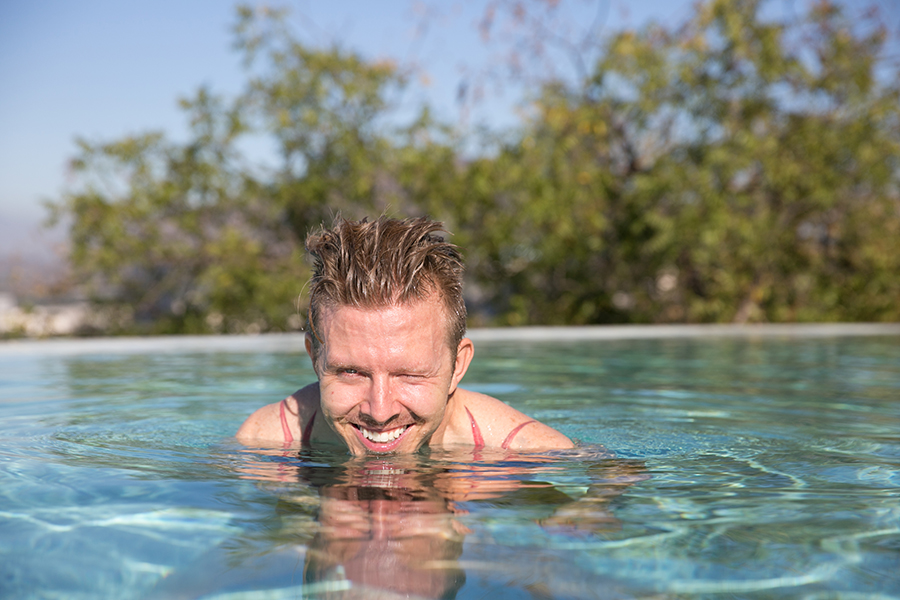


 I have a trip coming up and I am having trouble envisioning how I can safely and hygienically self-catheterize in a typical men’s restroom stall.
I have a trip coming up and I am having trouble envisioning how I can safely and hygienically self-catheterize in a typical men’s restroom stall.